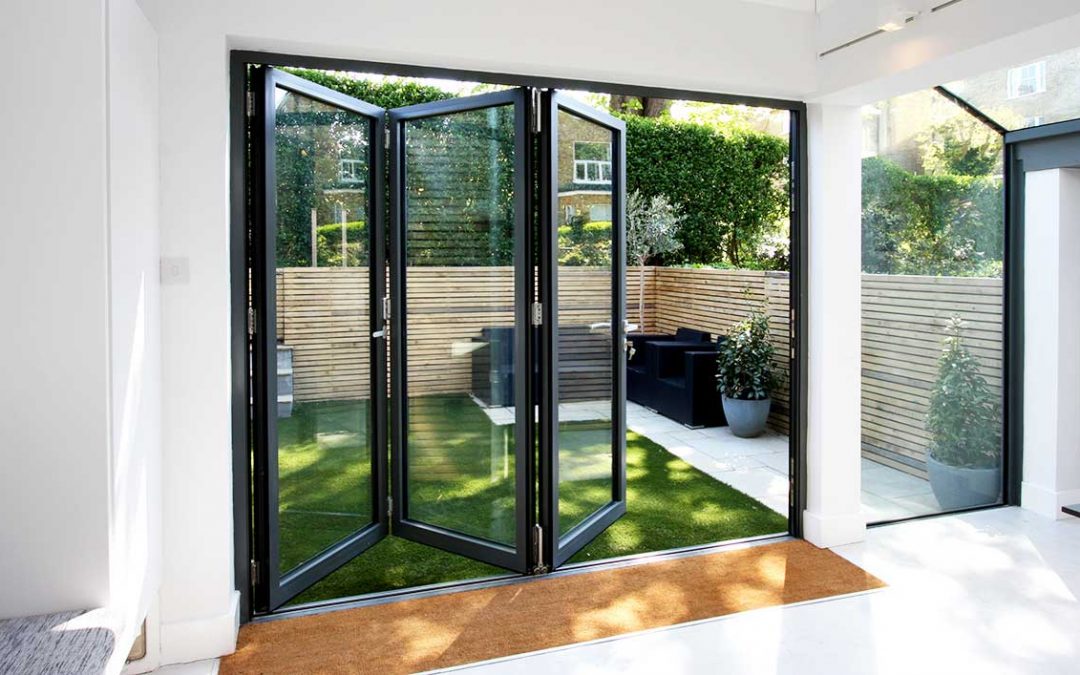All Categories
Featured
Table of Contents
Double Glazed Windows in Redcliffe Perth
Glazing merely suggests the windows in your house, including both openable and set windows, in addition to doors with glass and skylights. Glazing actually just means the glass part, however it is generally utilized to refer to all aspects of an assembly consisting of glass, films, frames and home furnishings. Taking notice of all of these aspects will assist you to accomplish reliable passive style.

Energy-efficient glazing makes your home more comfy and significantly minimizes your energy expenses. Nevertheless, unsuitable or poorly created glazing can be a major source of unwanted heat gain in summertime and significant heat loss and condensation in winter season. As much as 87% of a house's heating energy can be gotten and approximately 40% lost through windows.
Single Vs Double Vs Triple - Which Window Is Right For Your ... in Darch Western Australia
Glazing is a substantial investment in the quality of your home. The cost of glazing and the expense of heating and cooling your house are carefully associated. A preliminary financial investment in energy-efficient windows, skylights and doors can greatly decrease your annual heating and cooling bill. Energy-efficient glazing likewise reduces the peak heating and cooling load, which can minimize the required size of an air-conditioning system by 30%, leading to additional expense savings.

This tool compares window choices to a base level aluminium window with 3mm clear glass. Comprehending a few of the essential residential or commercial properties of glass will assist you to pick the very best glazing for your home. Key properties of glass Source: Adapted from the Australian Window Association The amount of light that travels through the glazing is called visible light transmittance (VLT) or visible transmittance (VT).
Glass & Glazing - Easy Windows Upvc Double & Triple ... in Madeley Western Australia
This may lead you to change on lights, which will lead to higher energy costs. Conduction is how readily a material carries out heat. This is understood as the U value. The U value for windows (revealed as Uw), explains the conduction of the whole window (glass and frame together). The lower the U value, the greater a window's resistance to heat flow and the much better its insulating value.
If your home has 70m2 of glazing with aluminium frames and clear glass with a U worth of 6. 2W/m2 C, on a winter season's night when it is 15C cooler outside compared with indoors, the heat loss through the windows would be: 6. 2 15 70 = 6510W That is comparable to the total heat output of a big room gas heating system or a 6.
Techniques For Double Glazing Windows in Carlisle Perth

If you select a window with half the U value (3. 1W/m2 C) (for example, double glazing with an argon-filled space and less-conductive frames), you can cut in half the heat loss: 3. 1 15 70 = 3255W The solar heat gain coefficient (SHGC) for windows (expressed as SHGCw) measures how readily heat from direct sunshine flows through a whole window (glass and frame together).
The lower a window's SHGC, the less solar heat it sends to the house interior. Glazing manufacturers state an SHGC for each window type and style. However, the actual SHGC for windows is affected by the angle that solar radiation strikes the glass. This is known as the angle of occurrence.
Glass & Glazing - Easy Windows Upvc Double & Triple ... in Kallaroo WA
When the sun is perpendicular (at 90) to the glass, it has an angle of incidence of 0 and the window will experience the maximum possible solar heat gain. The SHGC stated by glazing manufacturers is always determined as having a 0 angle of incidence. As the angle increases, more solar radiation is shown, and less is transferred.
Table of Contents
Latest Posts
Fitting A Cabin In Your Garden? Get Double Glazing Fitted Too in Connolly Perth
Brisbane's Best Double Glazed Windows in Stirling Western Australia
Twinglaze® Double Glaze Specification Act - Vic in Bickley Western Australia
More
Latest Posts
Fitting A Cabin In Your Garden? Get Double Glazing Fitted Too in Connolly Perth
Brisbane's Best Double Glazed Windows in Stirling Western Australia
Twinglaze® Double Glaze Specification Act - Vic in Bickley Western Australia